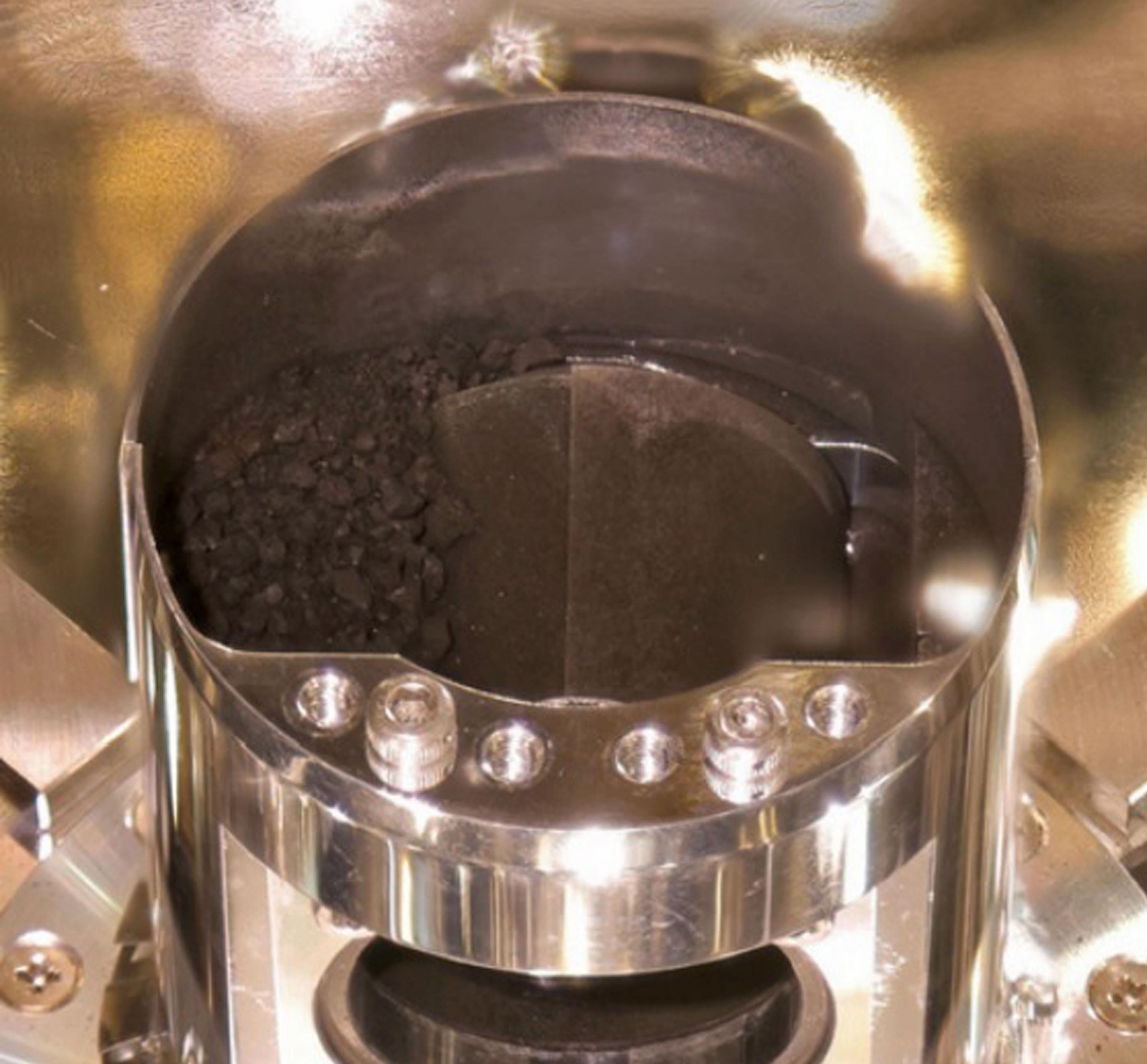ID :
585304
Wed, 12/16/2020 - 03:08
Auther :
Shortlink :
https://oananews.org//node/585304
The shortlink copeid
Hayabusa2 brings back world's 1st gas sample from deep space

TOKYO, Dec. 15 Kyodo - Japan's space agency said Tuesday a capsule brought back by the Hayabusa2 space probe last week from a distant asteroid contained the world's first sample of a material in a gaseous state from deep space.
The Japan Aerospace Exploration Agency said it has confirmed the presence of a "substantial amount" of soil samples from the Ryugu asteroid, located more than 300 million kilometers from Earth, in the container.
"The sample return mission has been perfectly completed," JAXA's Hayabusa2 project manager Yuichi Tsuda said in an online press conference.
The samples were brought back to Earth in a sealed metal container within the capsule, which the space probe successfully dropped over an Australian desert on Dec. 6.
Japan's science minister Koichi Hagiuda told a separate press conference that the government hopes the mission will unravel the mystery of the origin of life as the capsule may contain subsurface samples from the asteroid that show traces of the early solar system.
JAXA said it will continue with the opening of the container and conduct a detailed analysis of the molecular and isotopic composition of the collected gas.
The gas is likely to have originated from the collected samples, JAXA later said.
An image released by the agency showed the particles found on the bottom of the container share the same black color as the surface of Ryugu.
The agency originally aimed to bring back at least 0.1 gram of the Ryugu samples, a target it believes Hayabusa2 well exceeded.
The agency opened one of the three chambers within the container for storing samples from the asteroid and found more black particles inside.
The purpose of the opened chamber is to keep samples collected in the probe's first touchdown on the asteroid in February 2019.
JAXA plans to open in January or later another chamber believed to contain samples from the second touchdown performed in July 2019 during which the agency attempted to collect subsurface samples little exposed to solar winds.
Until now, scientists had to rely on meteorites to probe into the formulation of the solar system. Asteroid samples not exposed to Earth's atmosphere or materials are considered ideal for such research.
"(Samples) may contain organic materials. We have an ample amount, which allows us to perform a variety of analyses," said Seiichiro Watanabe, a Hayabusa2 project scientist.
The objective of the Hayabusa2 mission was to collect the first-ever subsurface samples from an asteroid after creating an artificial crater by shooting a copper projectile at Ryugu's surface.
Hayabusa2 left Earth in 2014 and reached the stationary position above Ryugu in June 2018 after traveling 3.2 billion kilometers on an elliptical orbit around the sun for more than three years.
==Kyodo





